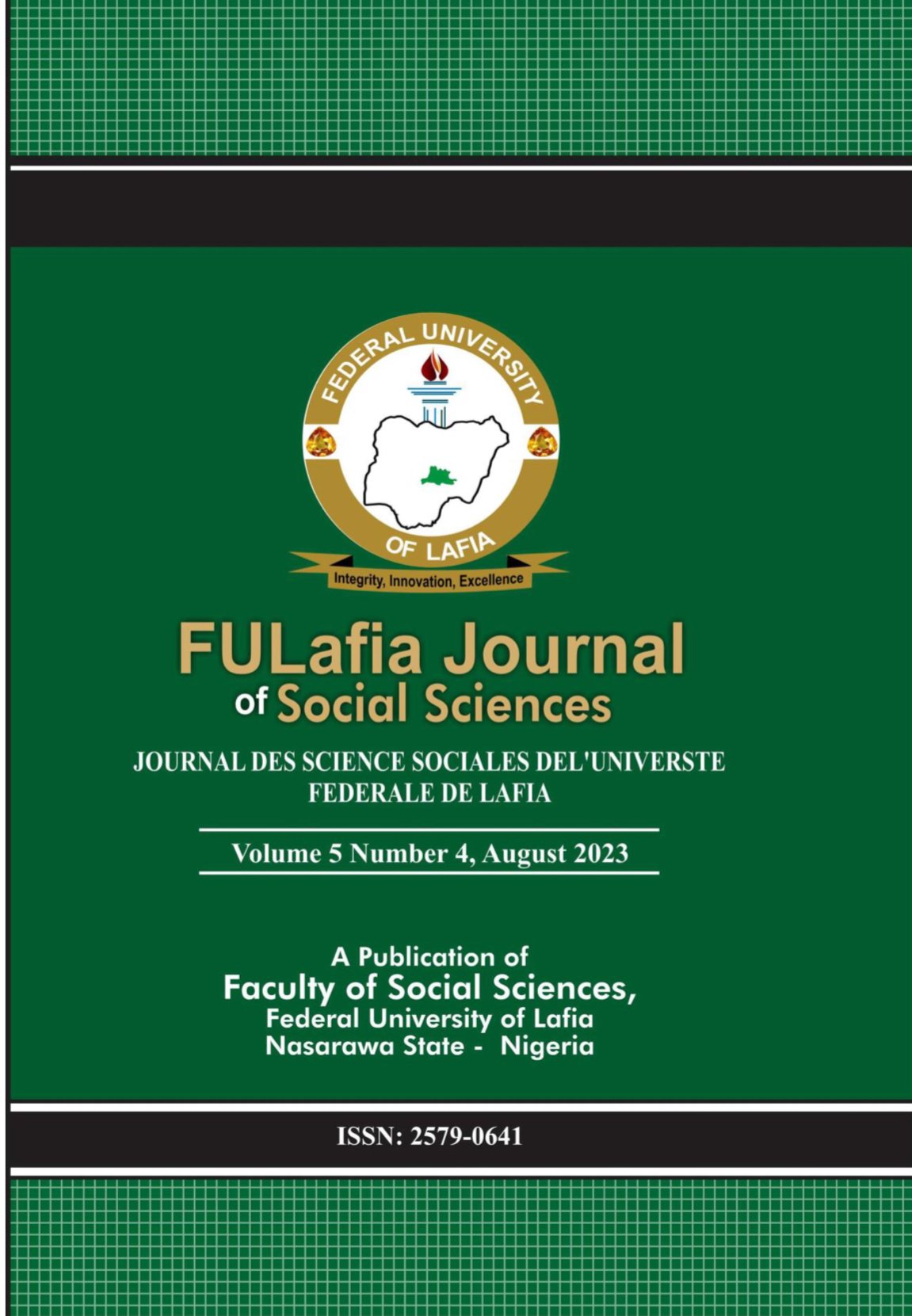Changing population structure and security environment of Nigeria
Keywords:
Changing population structure and security environment of NigeriaAbstract
Security has remained a crucial and important human aspect of existence from time immemorial. Human race have been confronted with security challenges within and outside the environment where it operates. It was the need for security that at the instance of the social contract the leviathan held the rights of the members of the society in exchange for security. It follows therefore that society had always made efforts to ensure that both the strong and the weak exist side by side without any holding the other one to ransom. But often security is undermined by the population situation. Changing population trends and differentials across regions, continents and globe has exacerbated the security situation around the globe and has intensified the security situation. Population composition of a country consisting of mostly youthful cohort is a double edge sword which could be positive or negative depending on how it is exploited. If wrongly exploited, they could fuel crime, civil conflict and insecurity. Fertility rate contributes in increasing the population density and population growth, thereby increasing pressure on food security. Population size, distribution and composition have a direct implication on the environment that would invariably constitute a security threat. The Nigerian population situation has been said to be the fastest growing in the world and it bears the features listed above. It has a predominantly young population that has been poorly harnessed, its size and distribution has been seen as bottom heavy with very large consequences on the security architecture and condition of the state. It is against this backdrop that this paper undertook to explore the influence of changing population structure on the security of Nigeria. These changing structures are manifested in the changing fertility, mortality, migration, size, composition and distribution trends. The Demographic transition theory was adopted as the theoretical framework to explain the relationship among the variables. Results indicated that Nigeria has a rapidly changing population because the number of cohort recorded in the several censuses held in 1991, 2006 and the DHS have all shown that the population is truly changing and becoming predominantly youths and this has increased the insecurity situation in the country. The insecurity is manifested in food, health, economic insecurity. It was recommended that the teeming young population should be harnessed for productive activities in order to secure the environment.

